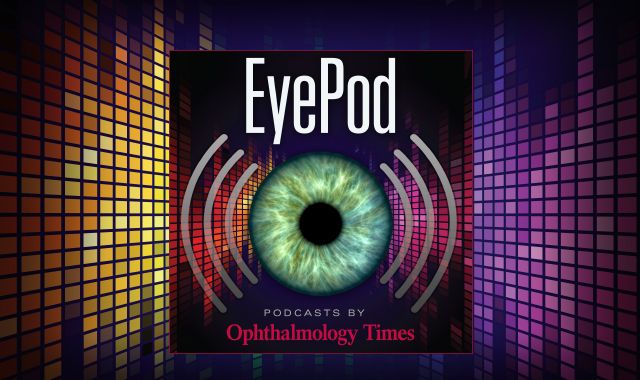News
Article
Study investigates neurological impact of diabetic vitreous hemorrhage
Author(s):
Key Takeaways
- Diabetic vitreous hemorrhage is linked to neuropathologic changes in specific brain regions, as identified by voxel-based morphometry.
- Reduced morphometry values in certain brain areas correlate with hemorrhage duration and anxiety and depression scores.
Researchers reported identifying changes in 4 areas of the brain
(Image Credit: AdobeStock/Chinnapong)

Chinese researchers reported identifying changes in 4 areas of the brains of patients with diabetic vitreous hemorrhage,1 coauthors Li-Jun Ji and Jin-Yu Hu, reported. They are, respectively, from the Department of Ophthalmology, Dahua Hospital, Shanghai, China; and the Department of Endocrine and Metabolic, the First Affiliated Hospital of Nanchang University, Jiangxi Clinical Research Centre for Endocrine and Metabolic Disease, Jiangxi Branch of National Clinical Research Center for Metabolic Disease, and the Department of Ophthalmology, the First Affiliated Hospital of Nanchang University, both in Nanchang, China.
The investigators explained that “prolonged retention of accumulated blood poses the risk of intricate complications including tractional retinal detachment, proliferative retinopathy, cataracts, glaucoma, vitreous atrophy, and other maladies, ultimately leading to irreversible vision impairment.” They cited a study that reported that those consequences exert substantial effects on patients’ lives, economy, and education2 and heightens their susceptibility to mortality.3
Study design
They undertook a study of 21 patients with diabetic vitreous hemorrhage (mean age, 52.29 years) and 21 matched controls with diabetes mellitus. They performed voxel-based morphometry to identify aberrant functional regions in the brain.
They found that compared with the controls, the patients had “reduced voxel-based morphometry values in the right superior temporal pole, the right superior temporal gyrus, the right medial orbital frontal gyrus, and the left superior frontal gyrus.” The voxel-based morphometry segmented and evaluated all of the structures in the brain.
The average values in each region of the brain were correlated negatively with the duration of the diabetic vitreous hemorrhage and the patients’ scores on the Hospital Anxiety and Depression Scale.
These findings led the authors to conclude that diabetic vitreous hemorrhages potentially reflect neuropathologic changes associated with this condition.
References
Ji L-J, Hu J-Y, Yan-Mei Zeng, Y-M, et al. Brain activity in different brain areas of patients with diabetic vitreous hemorrhage according to voxel-based morphometry. Int J Ophthalmol. 2025:258-267. Doi:10.18240/ijo.2025.02.09
Ren JH, Zhang SX, Pan YF, et al. Diabetic retinopathy: Involved cells, biomarkers, and treatments. Front Pharmacol. 2022;13:953691.
Semeraro F, Morescalchi F, Cancarini A, et al. Diabetic retinopathy, a vascular and inflammatory disease: Therapeutic implications. Diabetes Metab. 2019;45:517-527.
Newsletter
Don’t miss out—get Ophthalmology Times updates on the latest clinical advancements and expert interviews, straight to your inbox.





